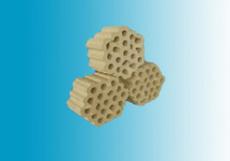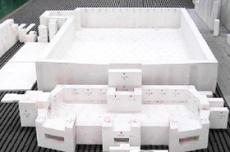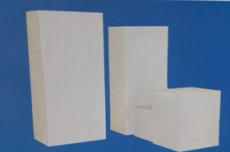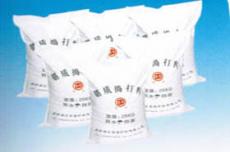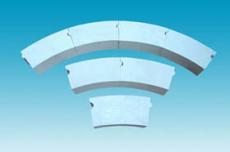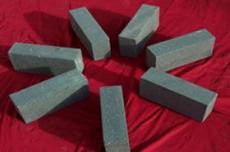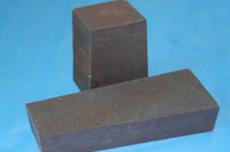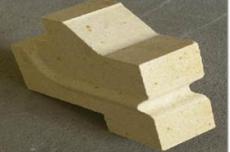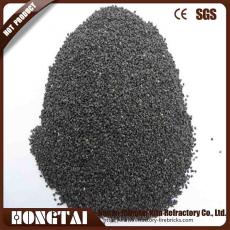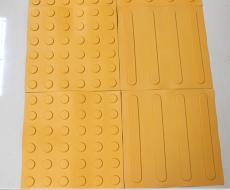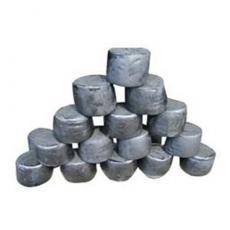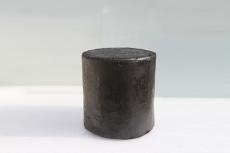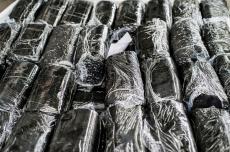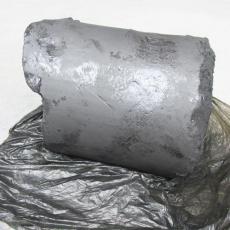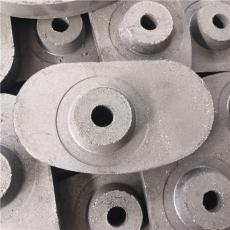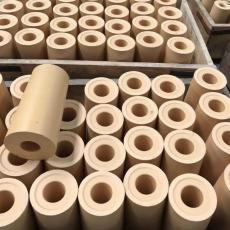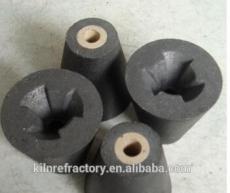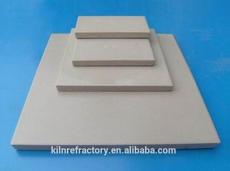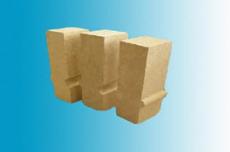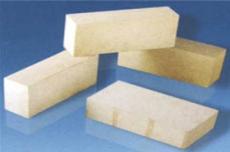
I. The core of pore regulation - pyrope
Low-porosity clay bricks must introduce pyrope to significantly reduce the porosity. The amount of pyrope added is linearly inversely proportional to the porosity: the larger the amount added, the lower the porosity of the finished product, and the service life can be extended by more than 2 times compared with ordinary clay bricks.
II. Physical and chemical properties of pyrope
Pyrope is a high-quality hard refractory clay, and the main mineral is kaolin. It has stable composition, uniform texture, shell-shaped cross-section, and has the advantages of stable volume, high strength, and low water absorption. After high-pressure molding and high-temperature firing, it can give the brick body higher density and low porosity, and remain non-oxidized and non-deformed at high temperatures.
III. Grading and impurity control
Pyrope is graded according to grade, and is divided into large pieces and small pieces. Small pieces have many impurities and are prone to form black spots and caves on the brick surface. Manufacturers need to strictly select raw materials according to the target porosity index, and assist with manual selection and weathering to ensure that different grades of coke gems correspond to low-porosity bricks with different performance grades.
IV. Microstructure strengthening mechanism
Coke gem particles act as "crack pinning points" in the brick body:
1. Inhibit the formation of micropores;
2. Shorten the length of thermal shock cracks;
3. Promote short cracks to interlace into a network, improve thermal shock stability and anti-stripping.
V. Sintering promotion effect
Coke gems can increase the amount of matrix liquid phase, accelerate the sintering process, further reduce porosity and reduce water absorption.
VI. Industrial application advantages
In the lining of industrial kilns in acidic atmosphere, ordinary clay bricks are easy to peel off due to high porosity and high water absorption; low-porosity clay bricks with coke gems show excellent acid erosion resistance, thermal shock resistance and long life, becoming the preferred material.
